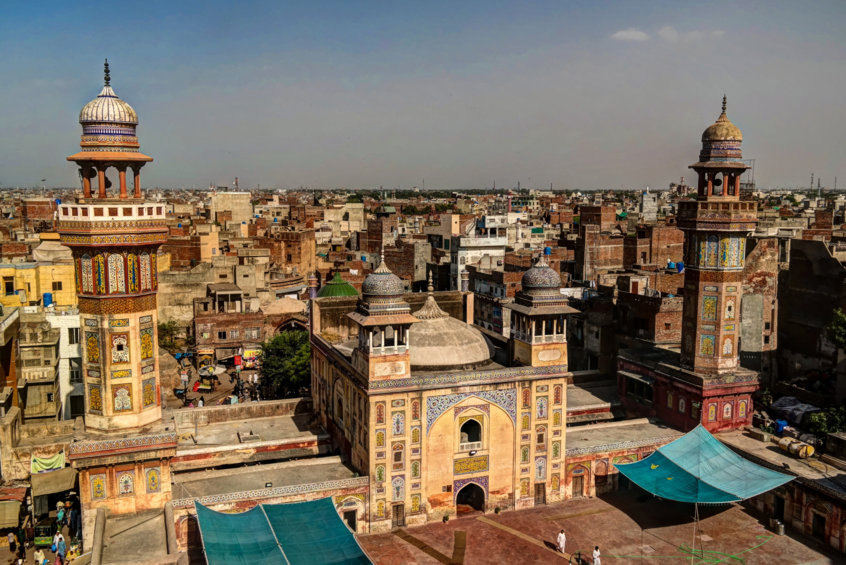No single party managed to win an absolute majority in the contested legislative elections held on 8 February 2024. A total of 128.5 million voters were called to the polls, with a final turnout of 47%.
Independent candidates affiliated to the Pakistan Movement for Justice (PTI) came out on top (93 seats), followed by the two traditional parties, the Pakistan Muslim League (PML-N) and the Pakistan People’s Party (PPP), with 75 and 54 seats respectively. The latter two joined forces with five smaller parties to win an absolute majority.
The election results are widely contested
The delay in announcing the results and the suspension of mobile phone and internet services fuelled suspicions of electoral fraud. The pre-election period had already been undermined by the postponement of the election beyond the constitutional limit and by the inability for PTI candidates to campaign under the colours of the party and use its symbol, the cricket bat, which is essential for visibility in a country where 40% of the population is illiterate. The leader of the PTI, former Prime Minister Imran Khan, has been in jail since August 2023.
The country has been plagued by massive terrorist attacks
The Taliban takeover of neighbouring Afghanistan in 2021 has intensified the number of terrorist attacks (693 deaths in 2023). On the eve of polling day, 28 people were killed in two attacks claimed by the Islamic State in Balochistan, region shared with Afghanistan and Iran.
The country faces major socio-economic challenges
The economy slightly receded in 2023 (-0.2%), penalized by galloping inflation, which reached 30% on average in 2023 and weighed on private consumption (80% of GDP). These economic hardships, along with the continuous fast population growth (+2% per year; 241.5 million inhabitants), have maintained poverty (40% of the population), as the labour force is large and cheap.
Many risks remain for the future government
Given its lack of legitimacy, the new government will find it difficult to pursue the reforms requested to renew the IMF agreement at a time when the country is still facing major budgetary imbalances, as well as internal and external tensions.
- Public debt distress: In July 2023, the country narrowly avoided default thanks to an IMF rescue plan, the 23rd package in 60 years, a USD 3 billion Stand-By Arrangement (SBA), of which USD 1.9 billion have already been disbursed.
- The country's finances are heavily constrained by low revenues (12.5% of GDP) due to informality, exemptions, avoidance, and corruption.
- Fragile external accounts: goods exports are dominated by low value-added textile products (60% of the total) made from local cotton, which is highly vulnerable to the vagaries of the weather. The country is particularly dependent on imports of foodstuffs, fertilisers and energy.
- Internal tensions: the new government will have to run the country under the control of the omnipresent military. Since 1947, the military has overthrown the government three times and directly ruled the country for more than three decades.
- Hazardous external geopolitical environment: Tensions with neighbouring countries, in particular India (ceasefire in Kashmir since 2021), Afghanistan (disputed border) and Iran (shared Baluch population) are fuelling instability and undermining progress on cross-border infrastructure projects with China and Central Asia.
GDP Growth: 2023 (estimate): -0,2%; 2024 (forecast): 2%
Coface Country Risk Assessment: D (very high)





